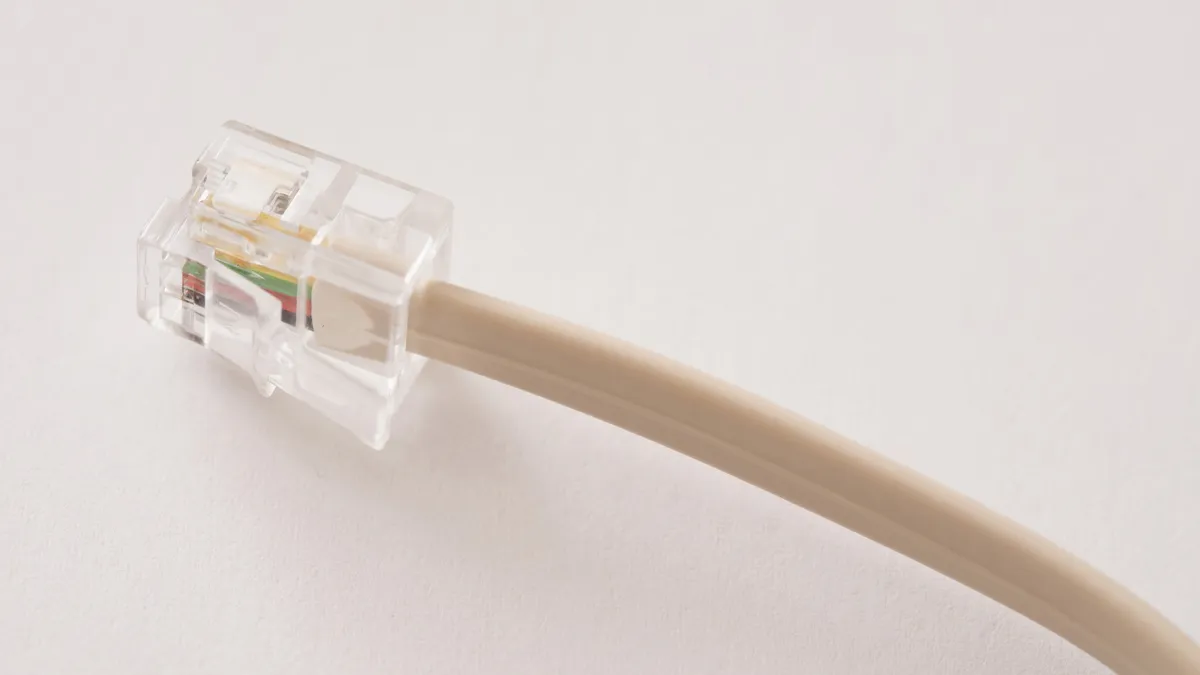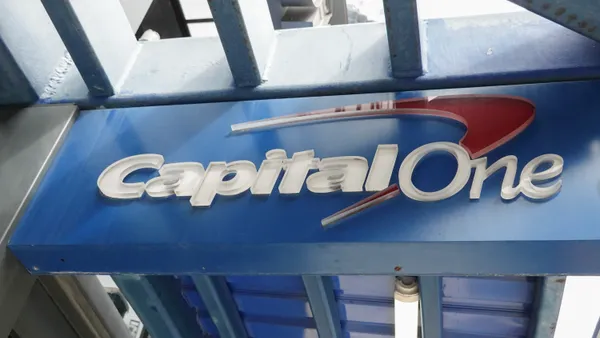After a remarkable 100-year run, the FCC is officially closing the door on traditional analog copper POTS (Plain Old Telephone Service), the standard telephone infrastructure we’ve all used forever.
For businesses in virtually every industry, the old-fashioned copper wires have been the default communication protocol not only for phone usage but for other services such as analog fax lines and—for banks and other financial services institutions in particular—onsite alarm systems.
But holding on to the traditional copper wires that make up the foundation of this aging infrastructure could cause major disruptions to your organization’s workflows in the ever-evolving technological landscape, and now is the time to act.
The Order
The FCC has issued Order 10-72A1, which mandates that all POTS Lines in the USA be replaced with an alternative service by August 2, 2022. (Read the latest updates from the FCC.)
Whether your telecom carrier completes its shutdown of your company’s POTS phone service by that date or soon after, you need to move quickly to find alternative solutions for your everyday communications.
The Effect
The world we live in continues to push forward in the realm of interoperability – a world where different systems or software can exchange and make use of information through the cloud. Imagine being able to exchange important client financial information (loan documents, real estate contracts, etc.) securely and efficiently, by way of digital cloud fax technology instead of transmitting information precariously by copper wire running down the side of your street. And imagine these cloud fax transmissions improving your company’s compliance with SOX, GLB, FINRA, and other financial-industry regulatory regimes.
Traditional wired systems are being actively replaced by data-driven and wireless delivery services via cloud, which are becoming main solutions for communication as the financial industry moves forward with more modern, flexible communications environments. But the transition to next-generation technology has been slow, even with carriers encouraging and incentivizing customers to make the switch.
Today, there are more than 36 million active POTS lines being used to support businesses in the United States. Many large corporations and businesses lean heavily on these lines for needs revolving around their in-house fax machines – particularly in industries such as banking and finance, which has been careful and deliberate in adopting new technologies.
Unfortunately, relying on analog telephony for their fax needs means these businesses spend too much time scanning, uploading, faxing, and filing – the never-ending cycle of the paper-based workflow. In addition to time-consuming clerical work, these in-house fax machines require constant updates – both physical and systematic – which require manual labor and a hefty payment.
Additionally analog fax lines tied to traditional fax machines now represent a serious vulnerability to ongoing business operations — because when organizations migrate to Voice over Internet Protocol (VoIP) for phone service, they won’t find a seamless transition from their VoIP provider for their faxing infrastructure.
The Cost
Not only is there the issue of communication between POTS and technologically advanced systems, but there is a critical issue around cost. The cost alone to service businesses with a POTS-based infrastructure is continuing to skyrocket as the price of copper coupled with the aging copper networks are simply too high to maintain. Telecom carriers dealing with this increased cost are passing it on to their customers, incentivizing those customers to convert to less-expensive next-generation technology.
While financial companies are understandably hesitant to make the switch — businesses in your industry have historically preferred to wait before upgrading to new technology — it’s important to keep in mind that the benefits far outweigh any risks or roadblocks that might arise. And with the impending POTS shutdown, you’ll need to choose between of two options when deciding to make your move. You can stick with your current provider, or find a new provider specifically suited to fit your migration needs — including the need to maintain fax capability to securely transmit important financial documents.
The Impact to the Banking Industry
We’ll assume that your organization has already retired most of your telephone landlines and copper wires—and that you’ve upgraded to a more mobile and flexible technology, such as VoIP, for your phone calls.
But if you’re like the many banking-industry organizations we hear from on a regular basis, you are still relying on the POTS network to transmit your company’s faxes. You might not even realize it. But yes, your faxes still traverse the old-fashioned phone network even if you’re using on-prem fax servers or a hybrid solution that handles some of your faxing in the cloud and lets you manage the rest onsite.
The reality is, almost every type of fax solution out there still uses the legacy telephone infrastructure to some degree. And considering that financial-services organizations like yours depend on faxing for your important daily workflows, the last thing you want is to discover only after the POTS shutdown that your faxing capability has suddenly been disrupted and you need to quickly find a new way to send and receive business faxes.
Businesses in every industry—not just banking—will soon be affected by this important change to the global communications infrastructure










